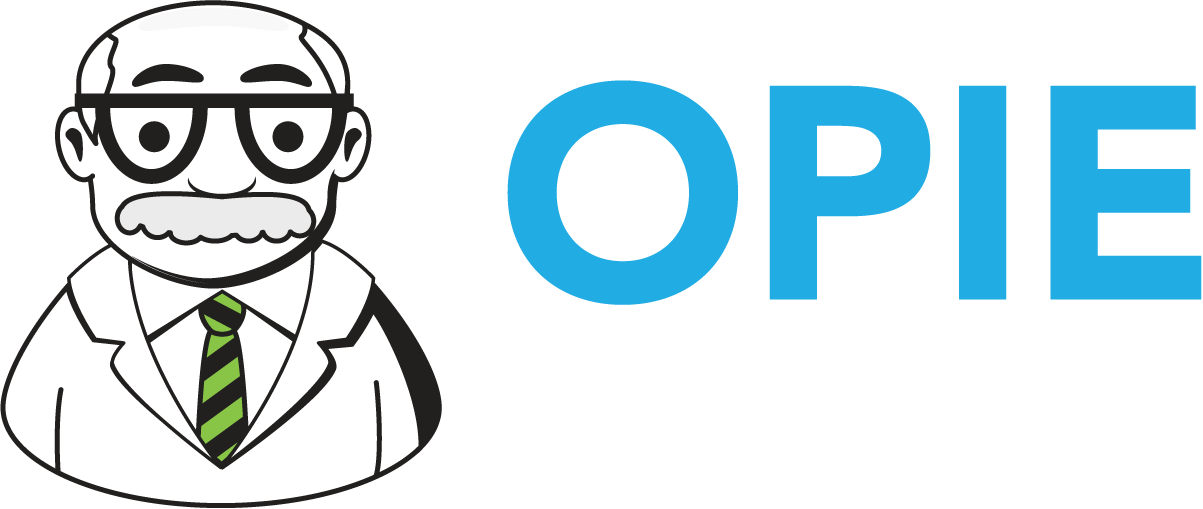Scientific Rigor
Welcome to 2023! I hope you were able to accomplish everything you needed to do in the last half of December. As we open a new calendar, I also hope you see twelve months of opportunity ahead and not just more of the same! In the last couple of blogs, I focused on intentionally connecting with the people who work with and for you. The most important attribute of a successful business is the people who work there. EVERYTHING derives from that. If you want excellence, you will never get it from people who do not also strive for excellence. If you are ok with mediocrity, then hire mediocre people but don’t expect more from them than that!
This is the time of year when many of us set goals and strategic objectives. My advice is to create measurable small steps. For instance, if you want to reduce the number of patient no-call/ no-shows, document how many you had on average in 2022, either as a percent of total visits or just a number. Set a goal to reduce that by one-fourth in the next 30 days and encourage the team to proactively reach out to patients ahead of their scheduled visits to ensure they are planning to come.
Or maybe you want to shorten the time between eval and delivery for your custom orthotics and your prosthetics. Get your team together and think about what you can do…are you waiting to schedule the delivery appointment until the insurance company verifies payment? Or are you waiting until the C-Fab has shipped the device? Or until your lab is done? If so, these can result in unnecessary delays. You should have data that tells you, on average, how long those steps take, and you can set a delivery appointment with your patient at or shortly after the eval appointment, or at least set the next visit appointment. This helps keep the process moving forward and limits the time wasted trying to communicate and coordinate with the patient when they are no longer physically present.
You will be amazed what a difference either of those two actions can have on reducing stress and unexpected events in the practice. As you think about what you want to accomplish, remember that it is important to focus on a fewer number of manageable objectives rather than many or nebulous objectives.
It is important to be able to determine when and if your improvements are having an impact, so as in the examples above, understand your baseline, or where you are starting, and then be able to show the change. Running your practice is very much like managing a patient. In patient care, you start at a certain point on a continuum of mobility and then you move that patient to a higher level of mobility (hopefully). The way you know you have done it is through your objective measures, whether they are focused on balance, range of motion, locomotion, ability to perform functions, etc. You all know when your change has had the desired impact on your patient. So why would you want to manage a practice that cares for many patients with any less scientific rigor?

